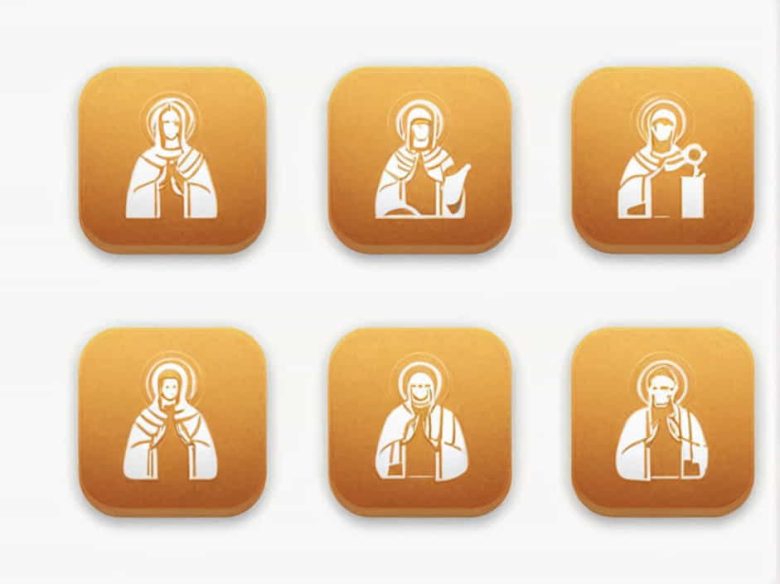A verger is an important but often overlooked role in the church. This position has a long history and is primarily associated with Anglican and Episcopal churches. Vergers assist in worship services processions and the overall management of the church.
While their duties may vary depending on the church they are generally responsible for preparing the sanctuary assisting clergy and maintaining order during services. This topic explores the history duties significance and modern role of a verger in the church.
The History of the Verger
The role of the verger dates back to medieval England where they were responsible for protecting the clergy and maintaining the church building. The name “verger” comes from the Latin word “virga” meaning a rod or staff which they carried as a symbol of their authority.
Historically vergers were often responsible for:
- Leading processions with a ceremonial staff.
- Keeping order during church services.
- Maintaining the church property.
Today vergers continue to play a symbolic and functional role in many churches especially in Anglican and Episcopal traditions.
What Does a Verger Do?
The duties of a verger vary depending on the size and structure of the church. However some of their primary responsibilities include:
1. Assisting in Worship Services
Vergers help prepare the church for worship by ensuring everything is in place including:
- Setting up the altar and liturgical items.
- Organizing the procession and guiding clergy.
- Assisting in special services such as baptisms weddings and funerals.
2. Leading Processions
One of the verger’s most recognizable roles is leading the clergy in processions. They often carry a verge (a ceremonial rod) as a symbol of their authority. This role helps maintain order and dignity during services.
3. Maintaining Order and Security
In larger churches and cathedrals vergers help:
- Ensure a smooth flow of services.
- Maintain order among the congregation.
- Assist ushers and clergy in case of emergencies.
4. Preparing the Church
Vergers often arrive before the congregation to:
- Open the church and prepare seating.
- Check that candles books and other materials are in place.
- Ensure microphones and sound systems are working properly.
5. Caring for Church Property
In some churches vergers are responsible for basic maintenance. Their duties may include:
- Cleaning and organizing the sanctuary.
- Caring for vestments books and liturgical items.
- Overseeing repairs and renovations.
6. Supporting Clergy and Worship Leaders
Vergers work closely with priests deacons and other church staff to ensure services run smoothly. They may assist by:
- Managing liturgical schedules.
- Helping with processional routes.
- Providing support during special services.
The Symbolism of the Verger’s Staff
The verge or staff is a key symbol of the verger’s role. It was originally used as a tool for crowd control in medieval times but now serves as a ceremonial object. The verge represents:
- Authority and leadership in church processions.
- Guidance and direction within worship services.
- Continuity of tradition in the church.
Vergers leading with a staff remind the congregation that worship is a sacred and orderly practice.
Types of Vergers
1. Traditional Verger
Traditional vergers are often full-time church staff members who handle liturgical duties church maintenance and administrative tasks.
2. Liturgical Verger
Some vergers focus mainly on worship services. They assist clergy by organizing processions preparing the altar and guiding the congregation.
3. Ceremonial Verger
In some churches vergers only serve on special occasions such as feast days high holy services or large church events.
The Verger in Modern Churches
While the role of the verger has changed over time it remains important in many churches today. Modern vergers often take on new responsibilities including:
- Managing church schedules and events.
- Overseeing technology and audiovisual systems.
- Acting as a church historian or tour guide in cathedrals.
Some churches also have volunteer vergers who assist during major services without being full-time staff members.
How to Become a Verger
If someone is interested in becoming a verger they should:
- Talk to Church Leadership – Speak with the priest bishop or church administrator about the role.
- Gain Experience – Volunteer to assist in church setup processions or special services.
- Attend Training – Some churches or dioceses offer verger training programs.
- Join a Verger’s Guild – Organizations like the Vergers’ Guild of the Episcopal Church provide support training and community for vergers.
The Importance of the Verger’s Role
Vergers contribute to the church in many unseen but essential ways. They help maintain order tradition and a smooth worship experience. Their work ensures that services run efficiently allowing clergy and congregants to focus on worship.
Vergers also preserve history by upholding traditions that have been practiced for centuries. Their dedication reflects service humility and commitment to God’s house.
A verger is more than just a ceremonial figure; they are a dedicated servant of the church who plays a crucial role in worship services church management and maintaining tradition.
Whether leading a procession preparing the sanctuary or assisting the clergy vergers help ensure that church life runs smoothly. Their work though often unnoticed is essential in creating a reverent and well-organized worship environment.
If you ever see a verger leading a service remember that they are carrying forward a tradition deeply rooted in church history—one that continues to serve congregations today.



